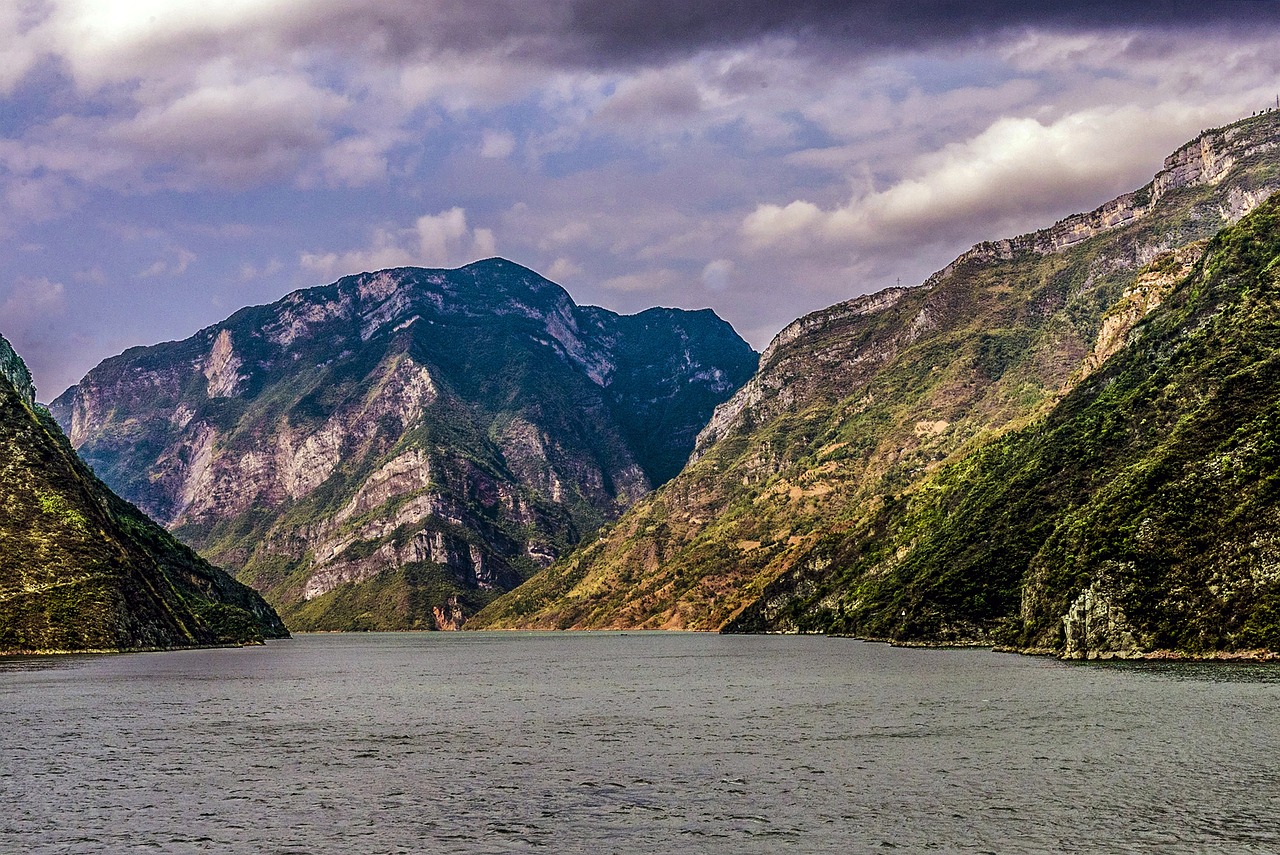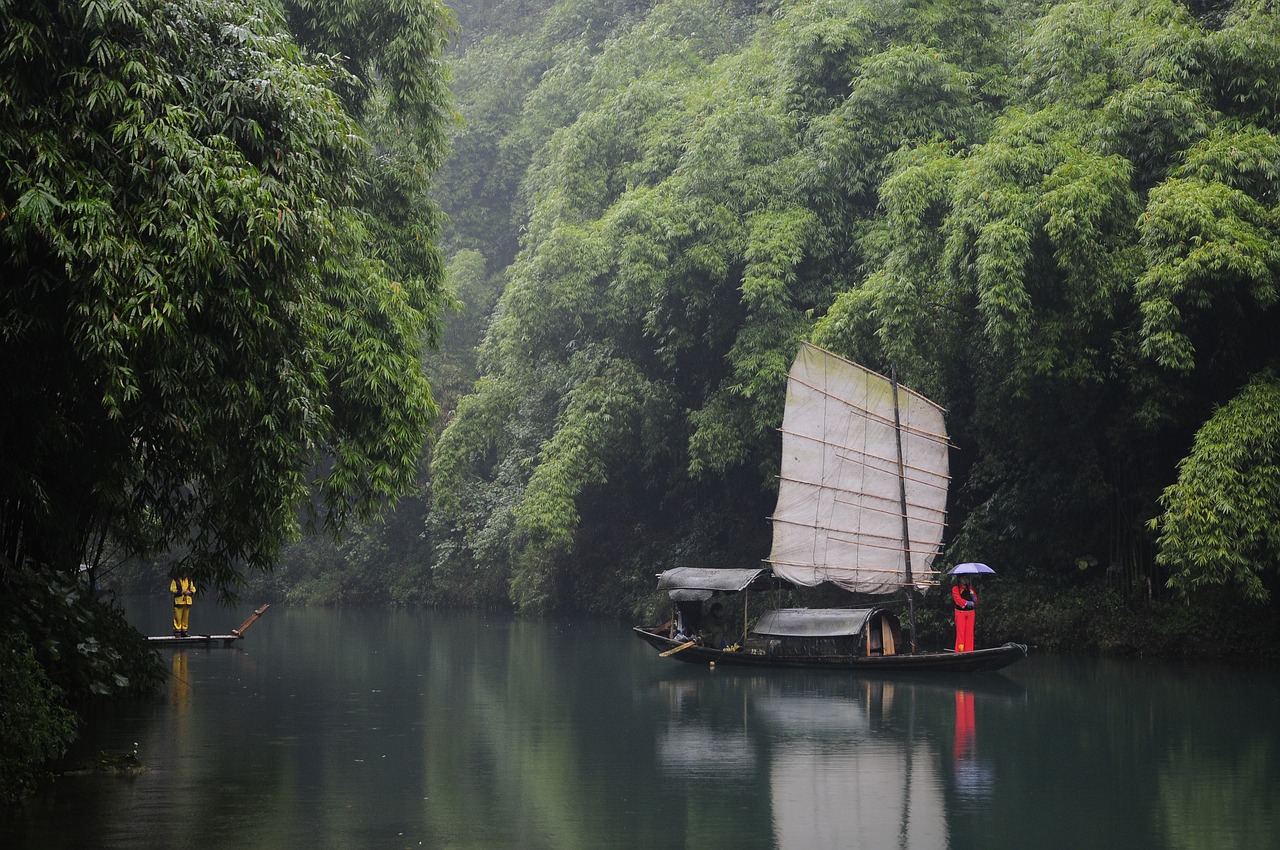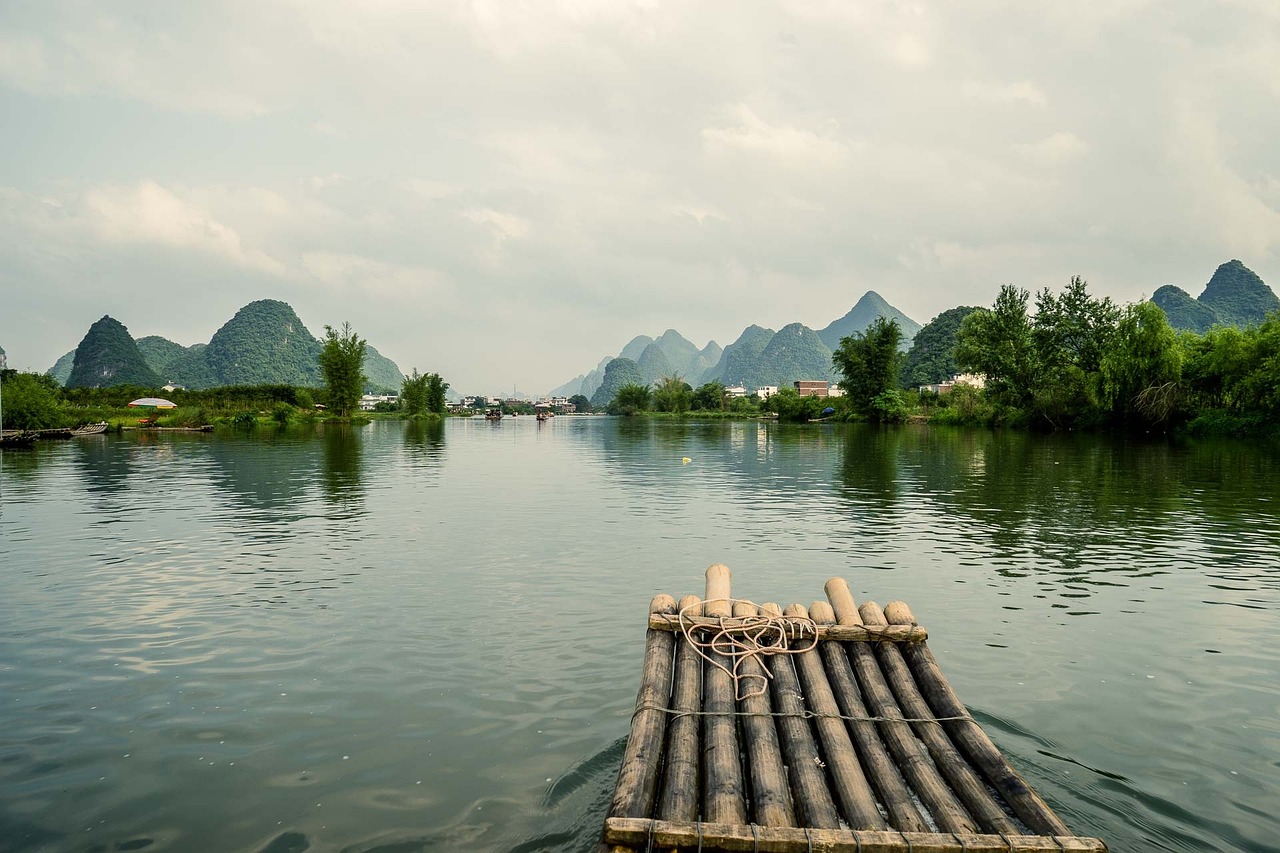Local Celebrations and Holidays: What to Expect in China
China is a country rich in culture and traditions, and one of the best ways to experience this is by participating in local celebrations and holidays. From colorful festivals to solemn rituals, China offers a wide range of festivities throughout the year. In this article, we will explore some of the most significant celebrations and holidays in China, giving you a glimpse into the vibrant cultural tapestry of this fascinating country.
Spring Festival
The Spring Festival, also known as Chinese New Year, is the most important traditional holiday in China. It is celebrated on the first day of the lunar calendar, usually falling between late January and mid-February. The festival marks the beginning of spring and is a time for family reunions, feasting, and honoring ancestors. During the Spring Festival, you can expect to see vibrant red decorations, dragon and lion dances, fireworks, and the exchange of red envelopes filled with money.
- Family Reunions: The Spring Festival is a time when families come together to celebrate. People travel long distances to be with their loved ones, and it is common to see crowded trains and buses during this period.
- Food: Traditional dishes such as dumplings, fish, and rice cakes are prepared during the Spring Festival. Each dish has its own symbolic meaning, such as prosperity, good luck, or longevity.
- Fireworks: Fireworks are an integral part of the Spring Festival celebrations. They are believed to scare away evil spirits and bring good fortune for the coming year.
- Red Envelopes: Red envelopes, known as “hongbao,” are given to children and unmarried adults as a symbol of good luck and blessings. The envelopes contain money and are traditionally given by married couples or older family members.
Dragon Boat Festival
The Dragon Boat Festival, also known as Duanwu Festival, is celebrated on the fifth day of the fifth lunar month, usually in June. This festival commemorates the life and death of the ancient poet Qu Yuan and involves boat races, eating sticky rice dumplings, and hanging up pouches of herbs to ward off evil spirits.
- Boat Races: Dragon boat races are a major highlight of the festival. Teams of rowers paddle in long, narrow boats to the beat of drums, competing to reach the finish line first.
- Sticky Rice Dumplings: Zongzi, sticky rice dumplings wrapped in bamboo leaves, are a traditional food eaten during the Dragon Boat Festival. They are filled with a variety of ingredients, such as meats, beans, and nuts.
- Pouches of Herbs: During the festival, people hang up pouches filled with herbs, known as “xiongzhong,” to ward off evil spirits and protect against diseases.
Mid-Autumn Festival
The Mid-Autumn Festival, also known as the Moon Festival, is celebrated on the 15th day of the eighth lunar month, usually in September or October. It is a time for family gatherings, moon viewing, and eating mooncakes.
- Moon Viewing: During the Mid-Autumn Festival, it is customary to admire the full moon. Families gather in parks or open spaces, carrying lanterns and enjoying the moon’s beauty.
- Mooncakes: Mooncakes are a traditional delicacy eaten during the festival. These round pastries are filled with various fillings, such as lotus seed paste, red bean paste, or salted egg yolks.
- Dragon and Lion Dances: In some regions, dragon and lion dances are performed during the Mid-Autumn Festival. These energetic and colorful performances are believed to bring good luck and drive away evil spirits.
China Image 1:

National Day
National Day, also known as the Anniversary of the Founding of the People’s Republic of China, is celebrated on October 1st each year. It commemorates the establishment of the People’s Republic of China in 1949 and is marked by various festivities and ceremonies.
- Flag Raising Ceremony: On National Day, a grand flag raising ceremony takes place in Tiananmen Square in Beijing. The national flag is hoisted to the sound of the national anthem, accompanied by a military parade.
- Fireworks and Light Shows: Fireworks displays and light shows are held in major cities across China to celebrate National Day. These spectacles illuminate the night sky and create a festive atmosphere.
- Cultural Performances: Traditional Chinese music, dance, and opera performances are organized during National Day. These showcase the richness and diversity of Chinese culture.
China Image 2:

Spring Lantern Festival
The Spring Lantern Festival, also known as Yuanxiao Festival, is celebrated on the 15th day of the first lunar month, which marks the end of the Chinese New Year celebrations. It is a time for lantern displays, solving riddles, and eating sweet rice dumplings.
- Lantern Displays: Elaborate lantern displays can be seen in parks and streets during the Spring Lantern Festival. These lanterns come in various shapes and sizes, depicting animals, mythical creatures, and auspicious symbols.
- Riddle Solving: Riddles written on lanterns are a popular activity during the festival. People try to solve the riddles, and those who succeed are rewarded with small prizes.
- Sweet Rice Dumplings: Sweet rice dumplings, known as “yuanxiao,” are eaten during the Spring Lantern Festival. These dumplings are made of glutinous rice flour and filled with sweet fillings like sesame, red bean paste, or peanuts.
Dragon Dance Festival
The Dragon Dance Festival is celebrated in various regions of China, with each place having its own unique traditions and dates. This festival involves dragon dance performances, martial arts demonstrations, and cultural exhibitions.
- Dragon Dance: The dragon dance is a traditional Chinese dance performed during festivals and celebrations. A long dragon made of fabric and bamboo poles is manipulated by a team of dancers, symbolizing good luck and fortune.
- Martial Arts Demonstrations: Many Dragon Dance Festivals feature martial arts demonstrations, showcasing the skill and strength of local practitioners.
- Cultural Exhibitions: Cultural exhibitions are organized during the Dragon Dance Festival, allowing visitors to learn about the local customs, traditions, and crafts.
China Image 3:

References
– TravelChinaGuide.com
– ChinaHighlights.com
– CCTV.com
– Chinadaily.com.cn
– China.org.cn


